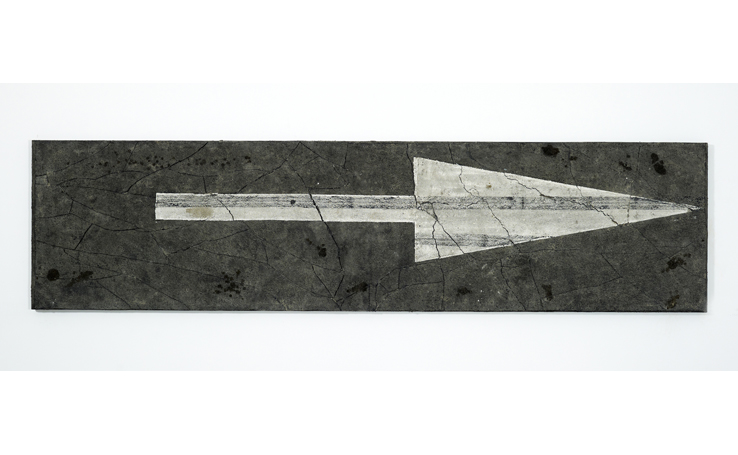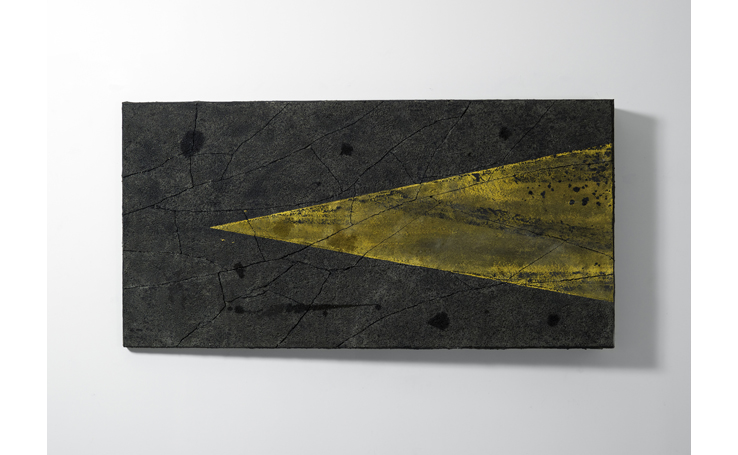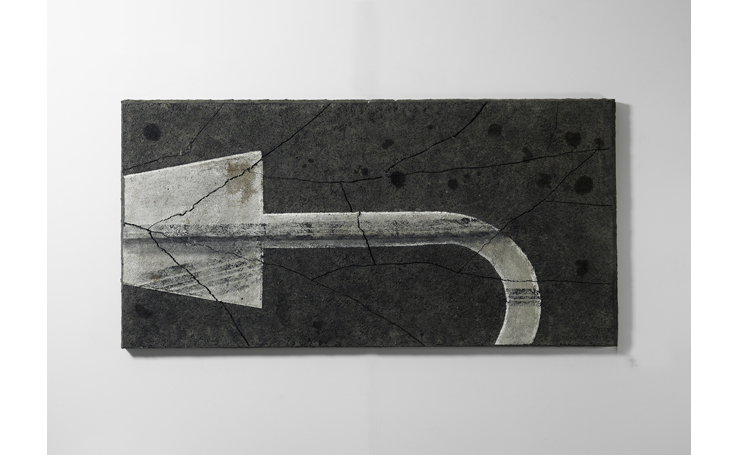
Vikram Divecha, a Dubai based artist, investigates the permeation of urbanization and the behaviour of social makeups amidst cultural shifts. His work attempts to bring to surface a modern angst, which he considers as a by-product of globalization.
Divecha has grown up against a landscape of fluctuating socio-economic addresses, which lends a crucial subtext to his work. Born in Lebanon in 1977 during the civil war, he moved to India 1984. His home country was still residing quietly in its pre-liberalized era, but opened its economy in 1991. Divecha suddenly witnessed an influx of globalization and consumerism. His next shift was to Dubai in 2005, where he experienced the booming economy followed by the financial crisis. These oscillating climates have persuaded his artistic inquiry.
He takes an interest in working with materials with an inherent story, to manufacture a visual language that holds a strange familiarity. His current work experiments with construction materials and industrial production methods. Divecha completed his education at Raheja Art School, Mumbai in 1999, after which he has worked in the advertising industry in Mumbai and Dubai.
Urban Epidermis
Man and the city share a curious alliance. They build and exhaust each other, depend on and deceive one another. When this relationship takes an abusive course it leaves behind many fissures, fractures and fragments. A journey of dilapidation; cracked surfaces layered over the years by cyclic tire marks, and machinated patterns endured by individuals regularly traversing this course.
Residing and working in recently developed areas in Dubai the artist can’t help but notice the new infrastructure that surrounds him. They stand in stark contrast to the ageing neighbourhoods he is more familiar with. Assimilating from these abused grounds one can debate what the fast germinating concrete sectors have in store for their settlers. Do the progressive forces that are driving this growth have a plan for the minuscule unit called the individual in this larger scheme? Will these communities and their populace be forgotten as we shift our focus to the next modern development?
The works/substrates presented can be viewed as excerpts from an urban page, as well as pieces of anticipated evidence, where the urban condition mirrors the face of the human condition. Entire communities then seem like commodities that come with an expiry date

















